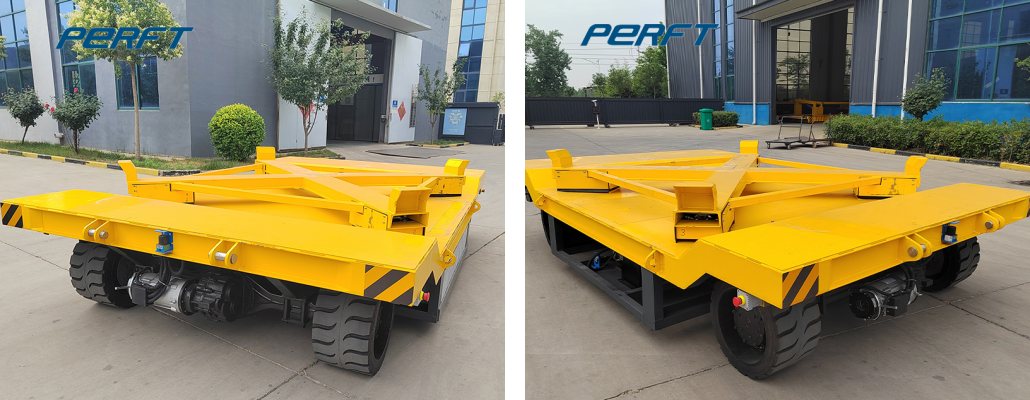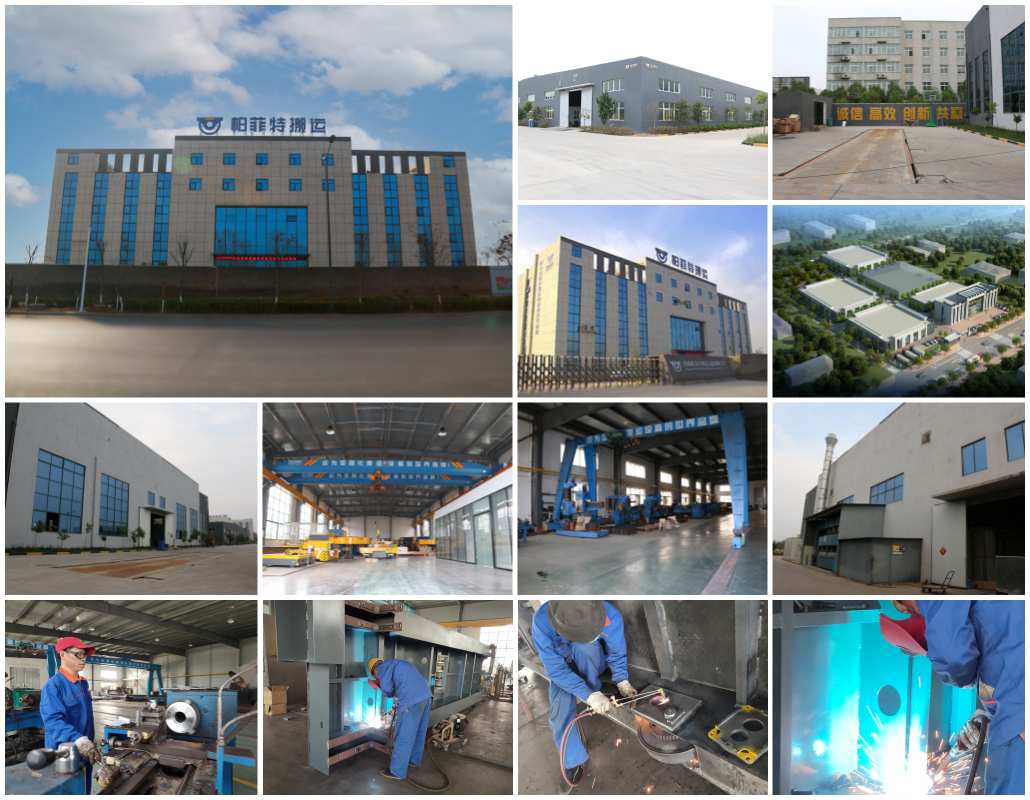Electric transfer trolleys play an increasingly important role in modern logistics, manufacturing, and other fields. The load-bearing capacity of these electric transfer trolleys is one of the key factors that determine their application scope and efficiency. This article will explore the relationship between the load-bearing capacity of electric transfer trolleys and the wheels they use, aiming to help readers understand how to optimize the load-bearing design of automated guided vehicles and select appropriate wheels.
Factors Affecting Load Capacity of Transfer Trolleys
The load capacity of heavy duty industrial cart depends on several factors, including motor power, battery life, wheel size, and material. The greater the motor power, the heavier the cargo that heavy duty industrial cart can carry. Battery life also affects the load capacity of industrial carts, because the larger the battery capacity, the longer industrial cart can travel, but the corresponding cost will also increase. In addition, wheel size and material also affect the load capacity. Generally speaking, the larger the wheel size, the stronger the grip and the more stable it is when carrying heavy objects; and the wheel material will also affect the driving performance and durability of industrial carts.
20T Trackless Transfer Trolley Video
With a running speed of 0-30 m/min, this electric trolley ensures quick and efficient movement of materials, saving you precious time and enhancing productivity.
Selecting Wheels for AGV
The selection of wheels for AGV mainly considers factors such as its driving environment, speed, and load. Common wheel types include:
Rubber wheels: suitable for smooth surfaces, with good driving performance and load-bearing capacity. However, its grip will decrease on rough surfaces or after long-term use.
Pneumatic rubber wheels: have good elasticity and grip, suitable for driving on uneven surfaces. The inflation pressure can be adjusted as needed to adapt to different environments.
Solid rubber wheels: suitable for occasions where speed requirements are not high, and its driving performance and load-bearing capacity are worse than those of pneumatic rubber wheels. But the price is relatively low and maintenance is simple.
Metal wheels: suitable for occasions where speed requirements are high, such as warehousing, docks, etc. Metal wheels are hard and have good wear resistance, but their grip is relatively weak.

Relationship between Load Capacity and Selected Wheels
There is a close relationship between the load-bearing capacity of self guided vehicles and the selected wheels. The appropriate wheel selection can improve the driving performance, grip, and load-bearing capacity of self guided vehicles, thereby expanding its application range and improving efficiency.
When selecting wheels for self guided vehicles, comprehensive consideration should be given to the use environment, speed requirements, and load-bearing capacity. For example, for battery transfer trolleys that need to bear a large weight, it is more appropriate to choose rubber wheels or pneumatic rubber wheels with good load-bearing capacity; for occasions with higher speed requirements, metal wheels can be selected to improve driving performance. In short, for different application scenarios and needs, a flexible selection of appropriate wheel types and sizes can significantly improve the overall performance of electric transfer carts.

